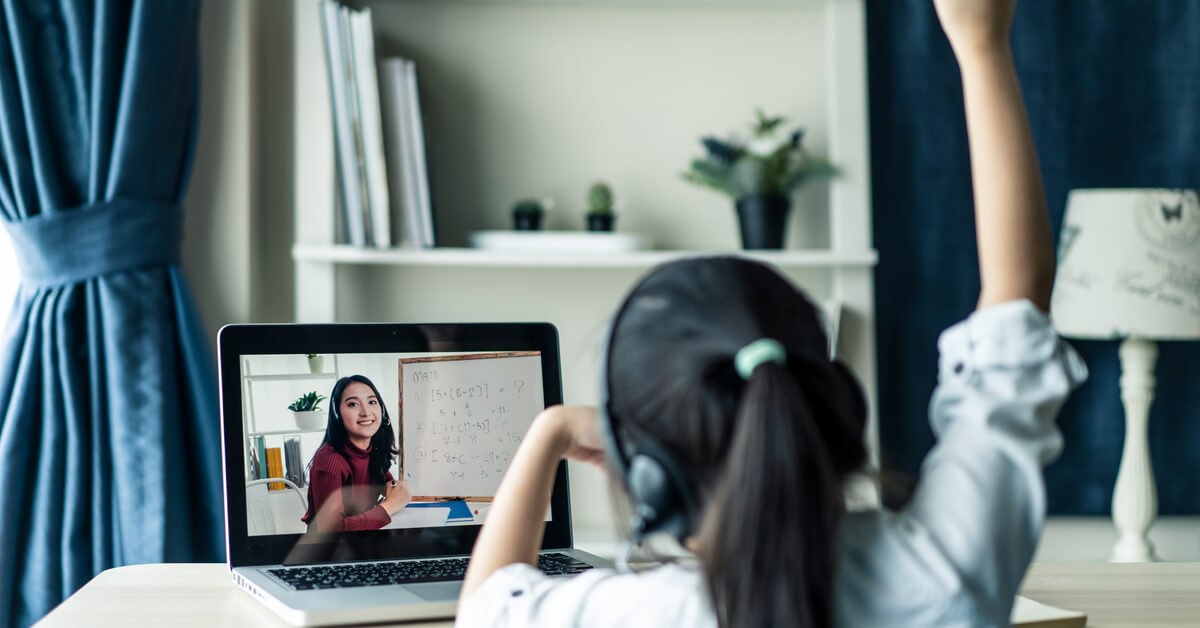After a tumultuous end to the 2020 Spring Semester due to COVID-19, Fall 2020 brought a waning summer pandemic surge, and many school leaders yearned for a return to normalcy. They pushed to have students back in schools, and in many cases let their hopes interfere with planning for the likely COVID winter resurgence. But viruses don’t care about human hopes, and in fact, the Winter 2020-21 impact on schools and students was, in many places, as disruptive as the initial COVID closures had been.
By early spring, the widespread availability of vaccines was on the horizon, and again it was easy to look to the future and envision a return to “normal”, in education and across society. But again, the virus had a trick to play, in the form of the Delta variant. Now, as the new school year is underway, we are seeing school openings delayed, a shift back to emergency remote learning, battles over masks and mandates, and another extended period of uncertainty.
As we begin the third school year impacted by the pandemic, it’s time to shift our thinking in a few ways. Instead of seeing COVID as an event to…


